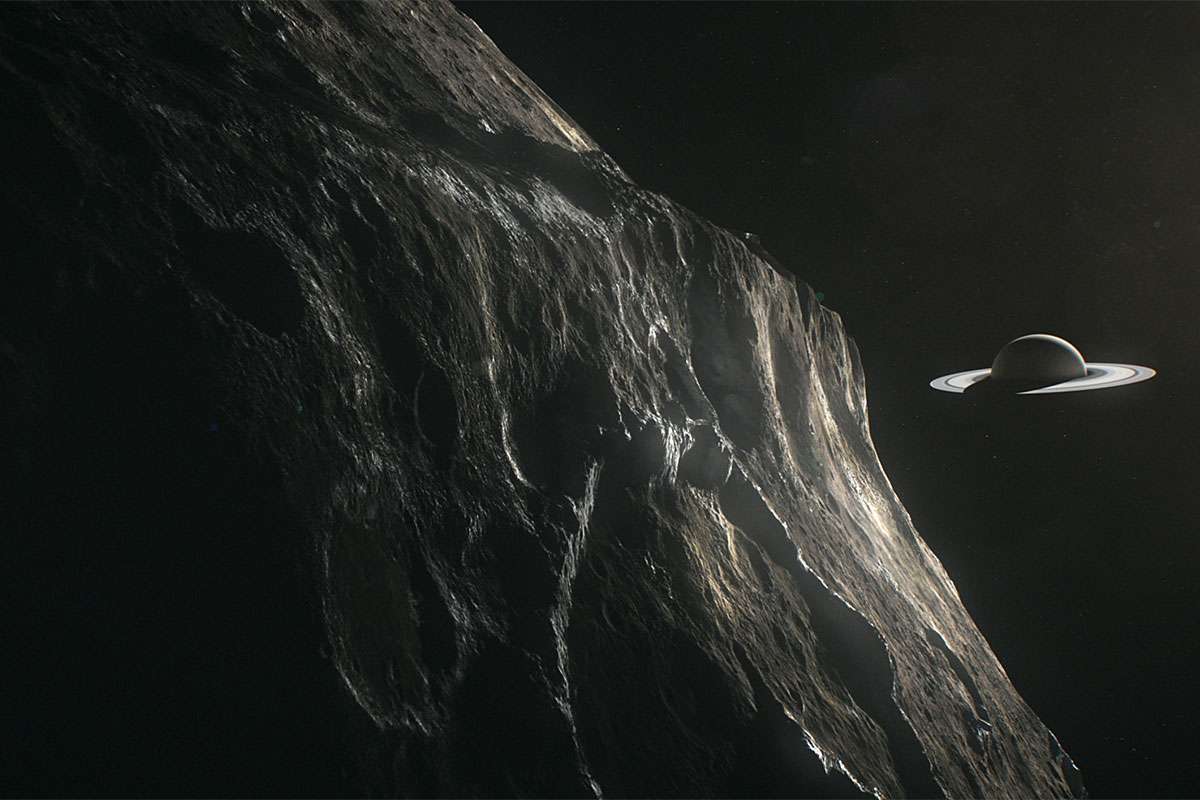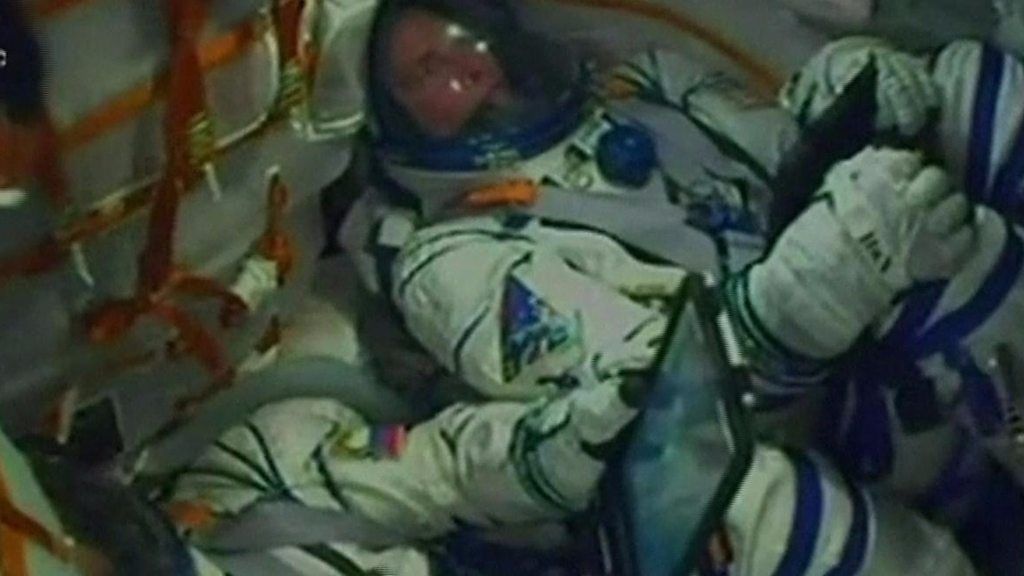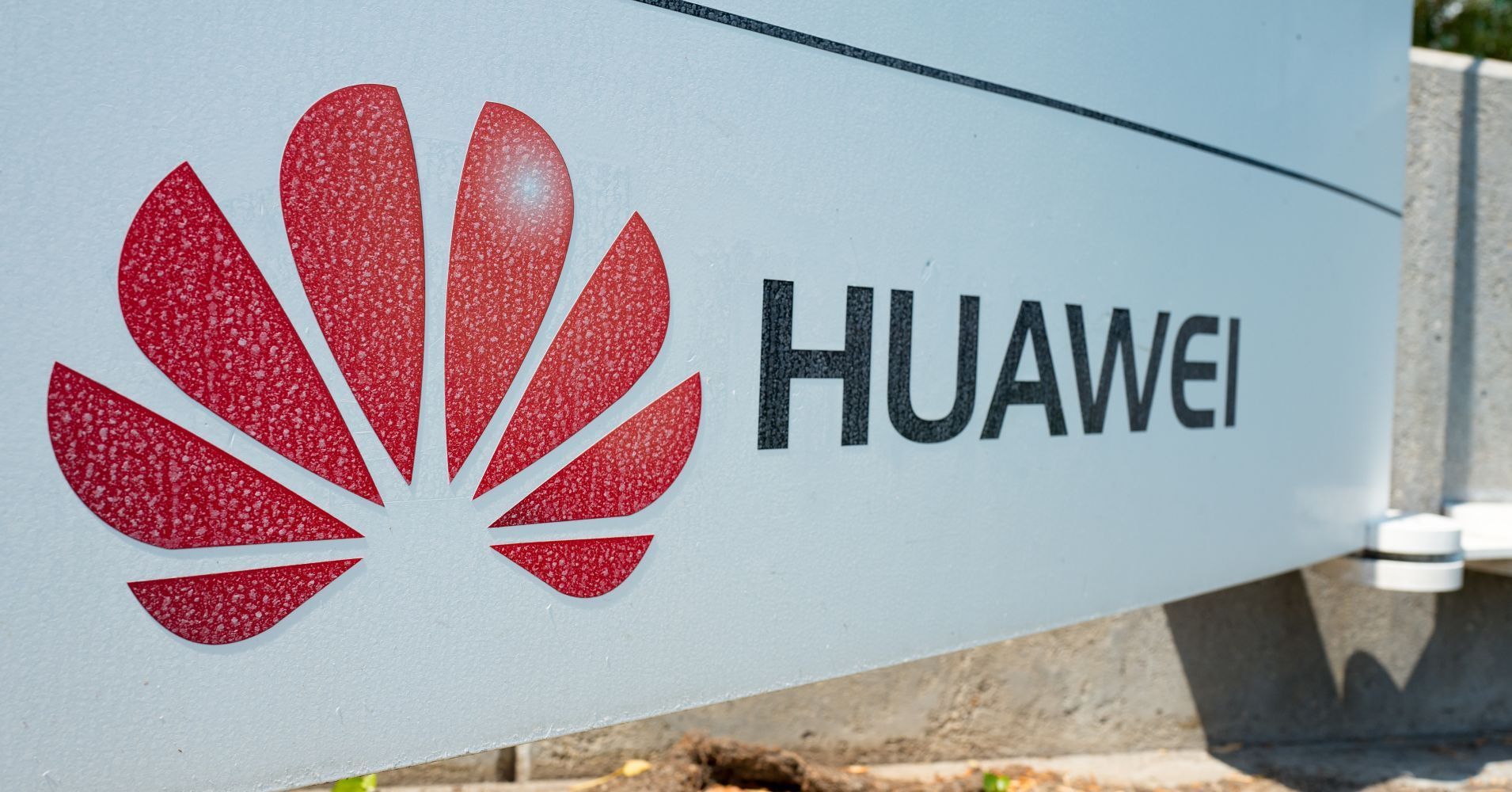This video is the culmination of documentaries from the vacuum tube, transistor and integrated circuit eras of computing.
[0:40–20:55] — Vacuum Tube Documentary
[20:55–30:00] — Transistor Documentary
[30:00–59:18] — Integrated Circuit Documentary.
This video is the culmination of documentaries from the vacuum tube, transistor and integrated circuit eras of computing.
[0:40–20:55] — Vacuum Tube Documentary
[20:55–30:00] — Transistor Documentary
[30:00–59:18] — Integrated Circuit Documentary.
Mysterious signals are being sent from deep in space.
Today’s launch abort was the first ever failure of the Soyuz FG launch vehicle, since it started in service in 2001.
A botched launch of the Russian spaceship Soyuz narrowly avoided becoming the latest fatal space incident on Thursday. Rescue systems managed to save the lives of two crew members and conduct an emergency landing.
The Soyuz-MS-10 spacecraft was meant to deliver Roscosmos’ Aleksey Ovchinin and NASA astronaut Nick Hague, members of Expedition 57/58, to the International Space Station (ISS). But 119 seconds after take-off from the Baikonur launch site in Kazakhstan the Soyuz-FG launch vehicle experienced a malfunction and crew rescue protocols were engaged.



As we get older, more and more of our the cells in our bodies become dysfunctional and enter into a state known as senescence. These senescent cells no longer divide or support the tissues and organs of which they are part; instead, they secrete a range of harmful inflammatory chemical signals, which are known as the senescence-associated secretory phenotype (SASP).
For more aging research news visit: https://www.leafscience.org/


In early 1999, during the halftime of a University of Washington basketball game, a time capsule from 1927 was opened. Among the contents of this portal to the past were some yellowing newspapers, a Mercury dime, a student handbook, and a building permit. The crowd promptly erupted into boos. One student declared the items “dumb.”
Such disappointment in time capsules seems to run endemic, suggests William E. Jarvis in his book Time Capsules: A Cultural History. A headline from The Onion, he notes, sums it up: “Newly unearthed time capsule just full of useless old crap.” Time capsules, after all, exude a kind of pathos: They show us that the future was not quite as advanced as we thought it would be, nor did it come as quickly. The past, meanwhile, turns out to not be as radically distinct as we thought.
In his book Predicting the Future, Nicholas Rescher writes that “we incline to view the future through a telescope, as it were, thereby magnifying and bringing nearer what we can manage to see.” So too do we view the past through the other end of the telescope, making things look farther away than they actually were, or losing sight of some things altogether.

Huawei unveiled two new artificial intelligence chips aimed at data centers and smart devices, pitting it against major silicon players including Qualcomm and Nvidia, as the Chinese giant laid out a strategy it hopes will drive growth in the next few years.
Huawei’s new chipsets are called the Ascend 910 and Ascend 310 and are designed to be used in data centers and internet-connected consumer devices.